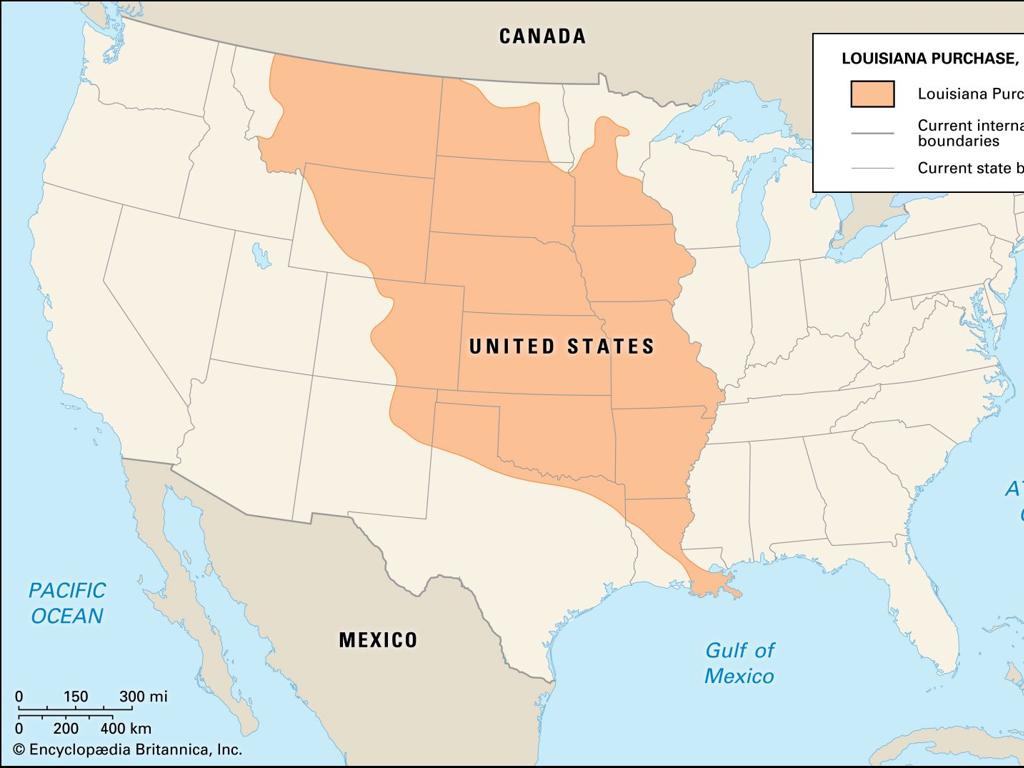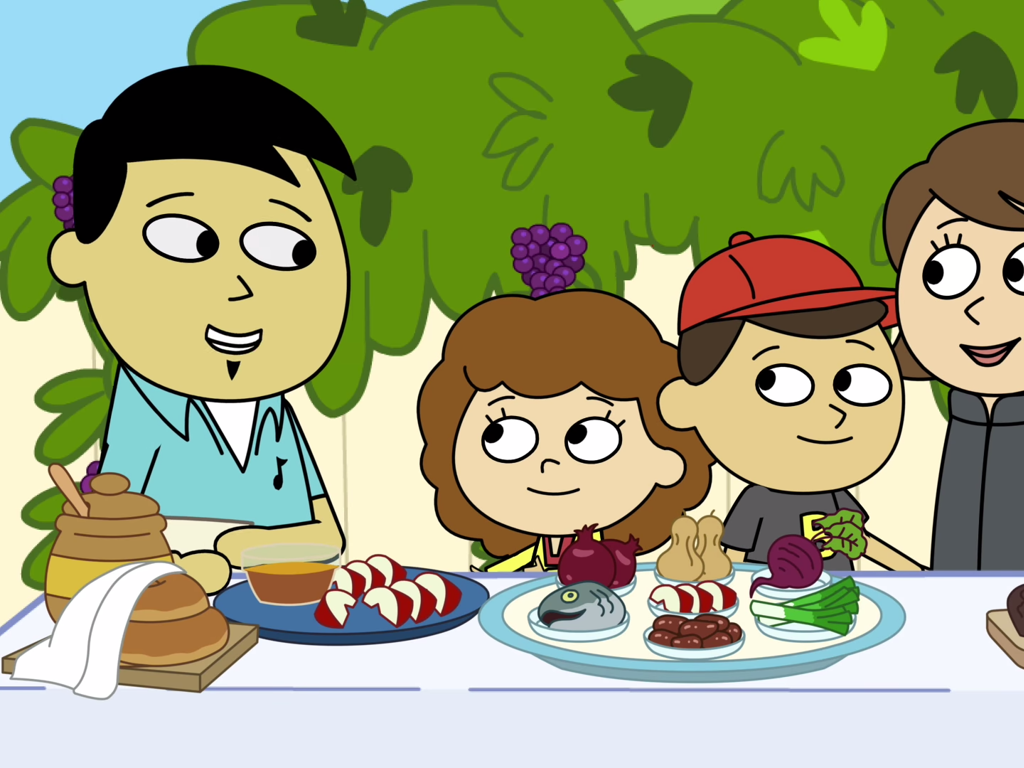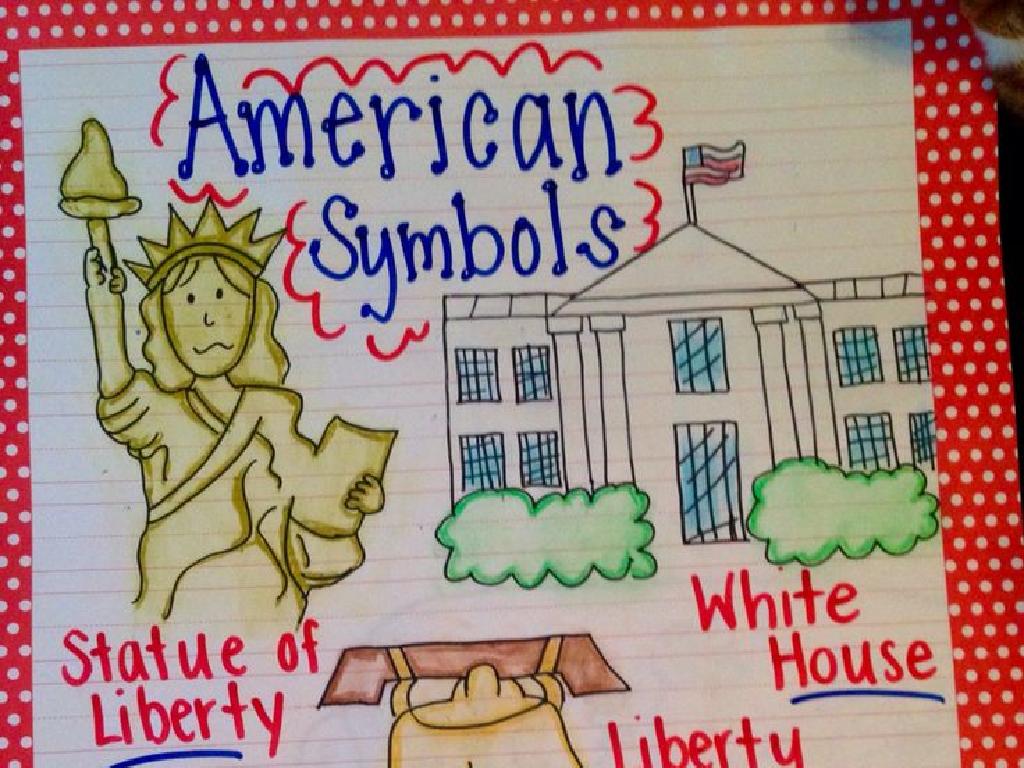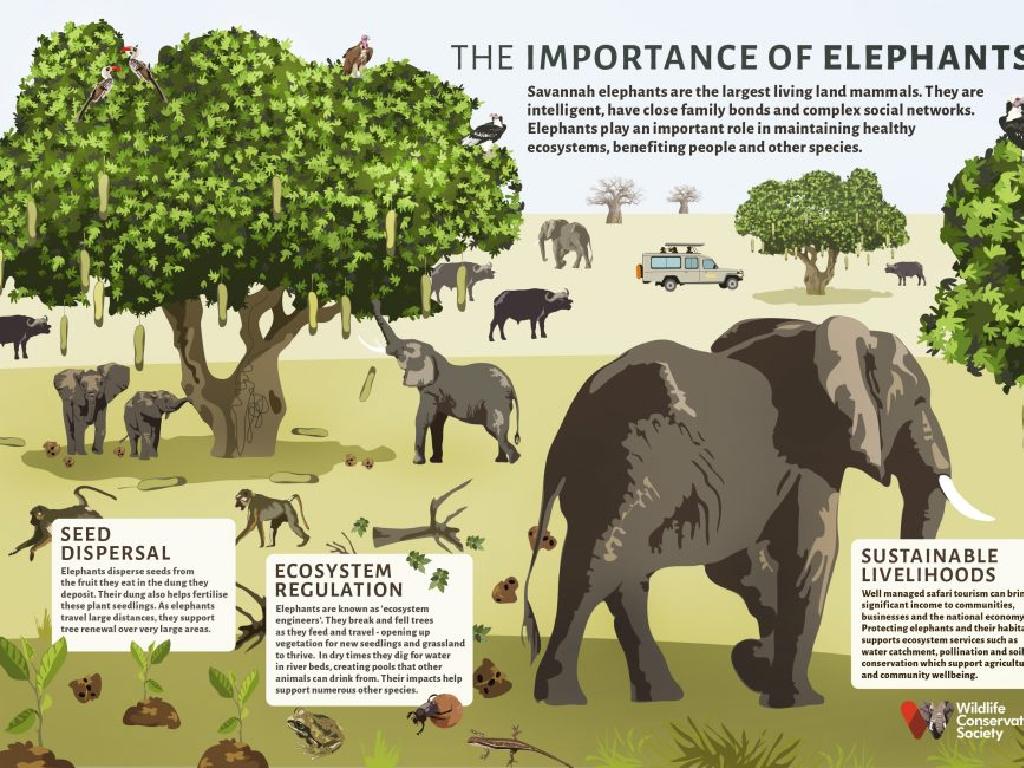Count Forward And Backward - Up To 20
Subject: Math
Grade: Kindergarten
Topic: Counting Forward And Back To 20
Please LOG IN to download the presentation. Access is available to registered users only.
View More Content
Welcome to Counting!
– Learning about numbers is exciting!
– Counting forward up to 20
– Let’s count: 1, 2, 3, …, up to 20
– Counting backward down from 20
– Now let’s go backwards: 20, 19, 18, …, to 1
– Counting is useful every day
– We use counting for sharing toys, snacks, and more!
|
This slide introduces the concept of counting to Kindergarten students. Emphasize the fun aspect of learning numbers and engage them with enthusiasm. Demonstrate counting forward from 1 to 20 with the class, using visual aids like number charts or objects to count. Then, practice counting backward from 20 to 1, which may be more challenging but equally important. Highlight how counting is a part of daily life, such as dividing snacks or toys among friends. Encourage participation and praise efforts to make the learning experience positive. Prepare to use props, songs, or interactive games to make the counting experience tangible and enjoyable.
What is Counting?
– Counting is saying numbers
– It’s like saying 1, 2, 3, and so on in order
– Imagine numbers as stairs
– Think of going up to 20 and back down like steps
– Count things around us
– We can count toys, steps, or friends in the playground
– Practice counting up and down
– Let’s count from 1 to 20 and then from 20 to 1 together
|
This slide introduces the concept of counting to Kindergarten students in a fun and relatable way. Emphasize that counting is simply saying numbers one after the other in the correct order, much like going up and down a staircase. Encourage the children to think of everyday items they can count, such as toys or steps, to make the concept more tangible. Engage the class in a counting activity where they count various classroom objects or even each other to practice counting forwards and backwards. This will help solidify their understanding of number sequences up to 20.
Counting Forward Up to 20
– Let’s count from 1 to 20 together
– Start at 1 and count to 20
– Begin with 1, then say 2, 3, 4, and so on
– Each number is one more than the last
– After 1 comes 2, then 3 follows 2, up to 20
– Practice counting every day
– Try counting items at home or in class
|
This slide introduces the concept of counting forward for Kindergarten students. Start by engaging the class in a group activity where everyone counts from 1 to 20 aloud together. Emphasize that with each step forward, we add one more, which helps them understand the concept of ‘one more than the last number.’ Use visual aids like number lines or counters to help them visualize the sequence. Encourage daily practice by counting common items in the classroom or at home, such as toys, books, or even steps taken while walking. This repetitive practice will help solidify their understanding of number order and the concept of addition.
Let’s Practice Counting Forward!
– Count classroom items together
– Start counting from 1 upwards
– Books, pencils, and blocks count
– How many books are on the shelf? Let’s count: 1, 2, 3, …
– Every number is one more
– After 1 comes 2, then 3, and so on!
|
This slide is designed to engage Kindergarten students in a practical counting activity. The teacher will guide the students to count various items in the classroom, such as books, pencils, and blocks. The activity reinforces the concept of counting forward from 1 and understanding that each successive number represents an addition of one more. The teacher should demonstrate counting with the students, ensuring they understand the sequential nature of numbers. Encourage the students to count out loud together and use their fingers to represent each number. This interactive approach helps solidify the foundational skill of counting in a fun and tangible way.
Counting Backward from 20
– Learn to count backward from 20 to 1
– Imagine going down a slide from 20 to 1
– Picture a big slide at a playground, starting at 20 at the top
– Each number is one less than before
– If we are at number 15, the next number is 14
– Practice counting down together
– Let’s count as a group: 20, 19, 18… all the way to 1
|
This slide introduces the concept of counting backward, which is an essential skill for understanding subtraction and number order. Use the analogy of going down a slide to make it relatable and fun for Kindergarten students. Emphasize that each step down the slide represents subtracting one. Practice as a class by counting down from 20 to 1, ensuring that students understand that each subsequent number is one less than the previous one. You can use visual aids like number lines or charts to help them visualize the sequence. Encourage them to use their fingers or objects to count down, reinforcing the concept through physical activity.
Let’s Practice Counting Backward!
– Counting backward during cleanup
– Imagine putting away 20 blocks, one by one
– Start from 20 and count down
– Say ’20’, then ’19’, and keep going down
– Each number is one less than before
– After ’20’ comes ’19’, then ’18’, and so on
– Reach 1 as the last number
|
This slide is designed to teach Kindergarten students the concept of counting backward from 20. Use a relatable activity like cleaning up toys to make the concept practical and engaging. Start by explaining that counting backward is just like counting forward, but in reverse. Demonstrate by counting down from 20 to 1 aloud, encouraging students to join in and visualize putting away items with each count. Reinforce the idea that each number is one less than the last. This activity helps students understand the sequence of numbers and prepares them for subtraction. For the activity, you can have 20 objects and ask students to put one away as the class counts down together.
Counting Forward and Backward Together
– Counting up from 1 to 20
– Let’s say the numbers one after another, all the way to 20!
– Then counting down back to 1
– Now let’s reverse! From 20, let’s go back to 1.
– Finding numbers in between
– Can you spot the number that comes after 12? How about before 19?
– Understanding number order
– Knowing the sequence helps us see which numbers are bigger or smaller.
|
This slide is aimed at helping Kindergarten students grasp the concept of numerical order through counting forward and backward. Start by counting from 1 to 20 with the class, encouraging them to join in and visualize the numbers as they go. Then, reverse the process by counting down from 20 to 1. This exercise will help them understand that numbers have a specific order and can be sequenced both ways. Use number lines, fingers, or visual aids to help them find numbers in between and solidify their understanding of the order of numbers. Make the activity interactive and fun to keep the students engaged.
Class Activity: Number Hopscotch
– Let’s play Number Hopscotch!
– Hop forward as we count to 20
– Start at 1, hop on 2, 3, 4… up to 20
– Now hop backward as we count down
– Start at 20, hop on 19, 18, 17… down to 1
– Have fun learning numbers!
|
This interactive activity is designed to help Kindergarten students learn to count forward and backward up to 20 through physical movement and play. Set up a hopscotch grid with numbers 1 to 20. Students will take turns hopping on the numbers as they count out loud. For counting forward, they will start at 1 and hop on each number until they reach 20. For counting backward, they will start at 20 and hop backward down to 1. This kinesthetic approach reinforces number sequence and helps with memorization. Encourage students to say the numbers aloud as they hop to integrate auditory learning. Prepare to assist students who may struggle with hopping or counting, and ensure safety during the activity.






